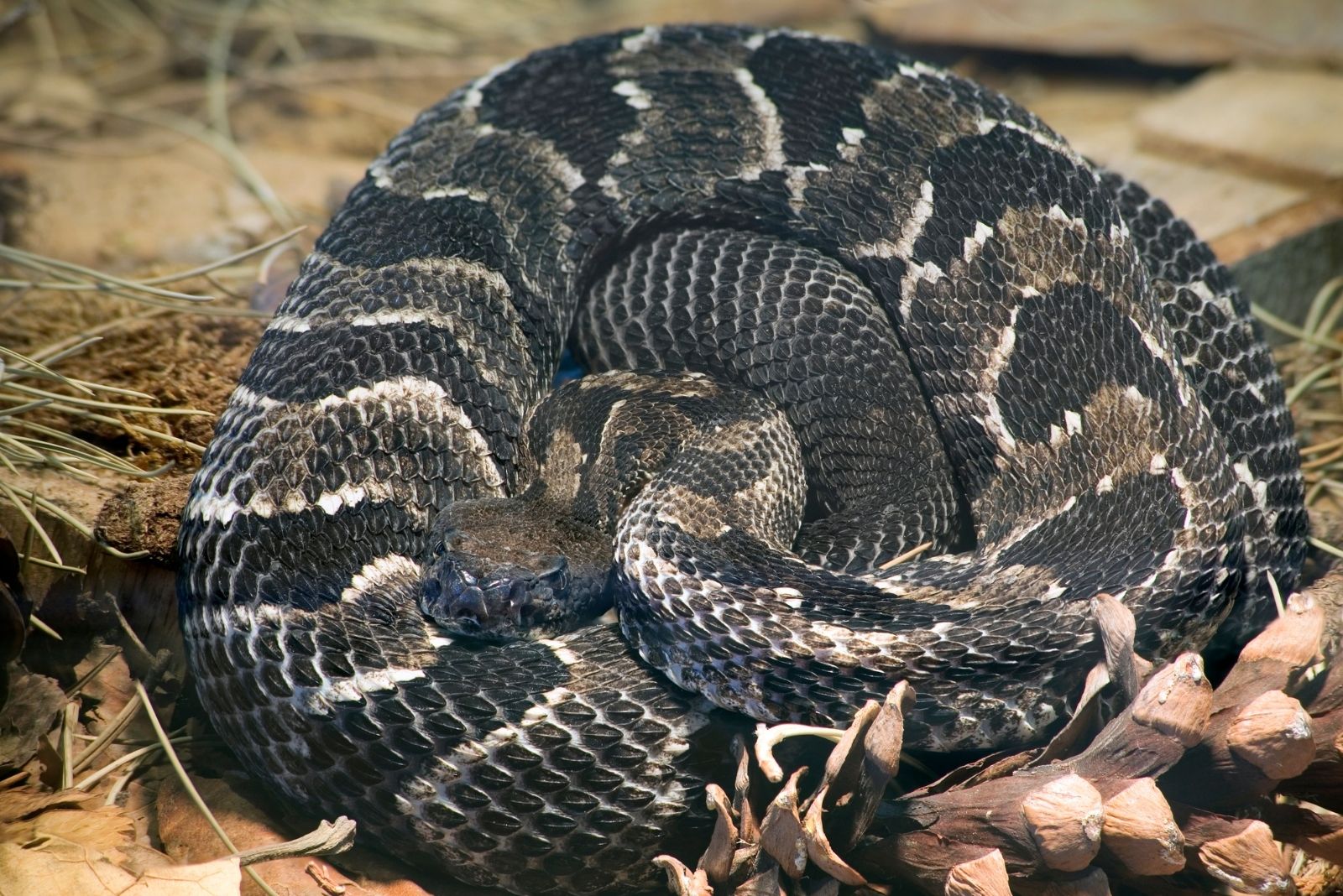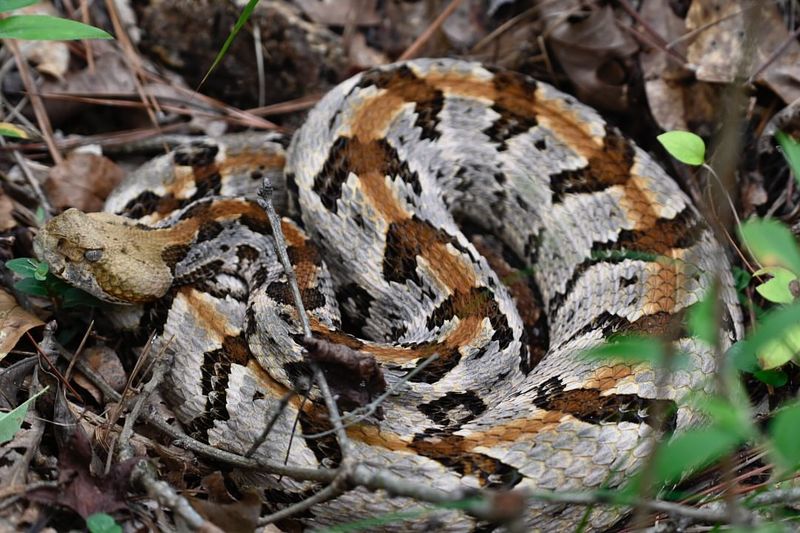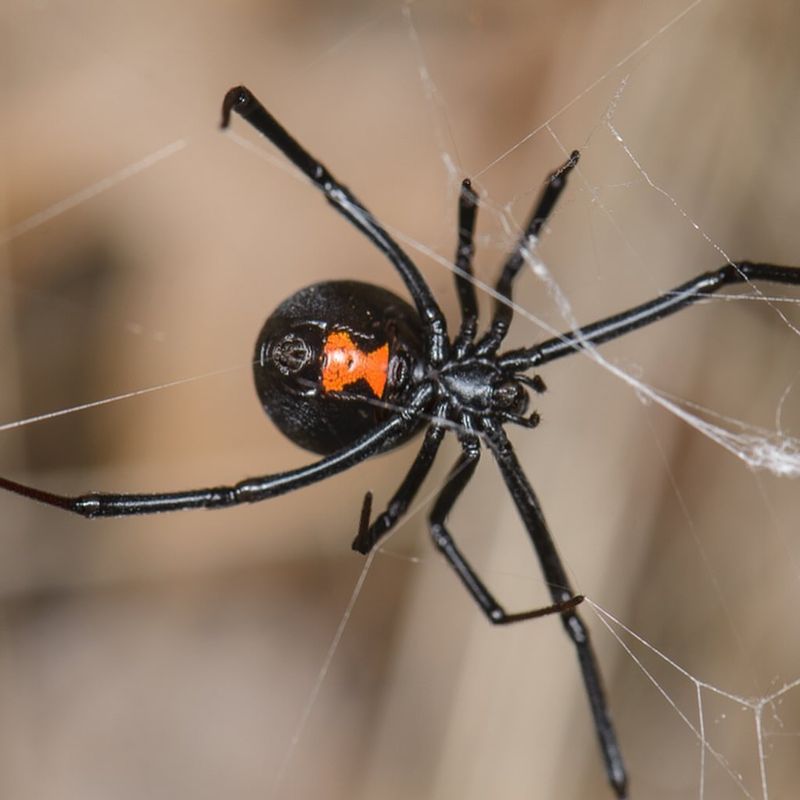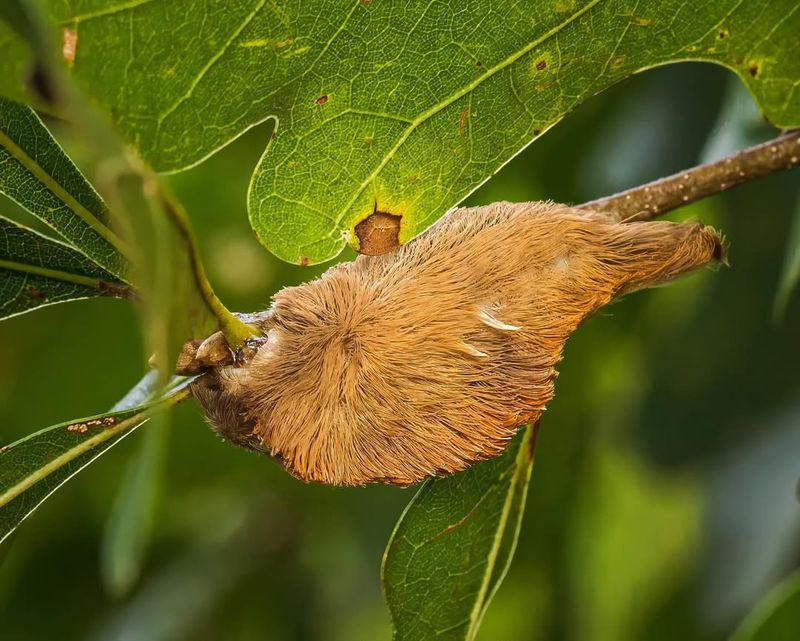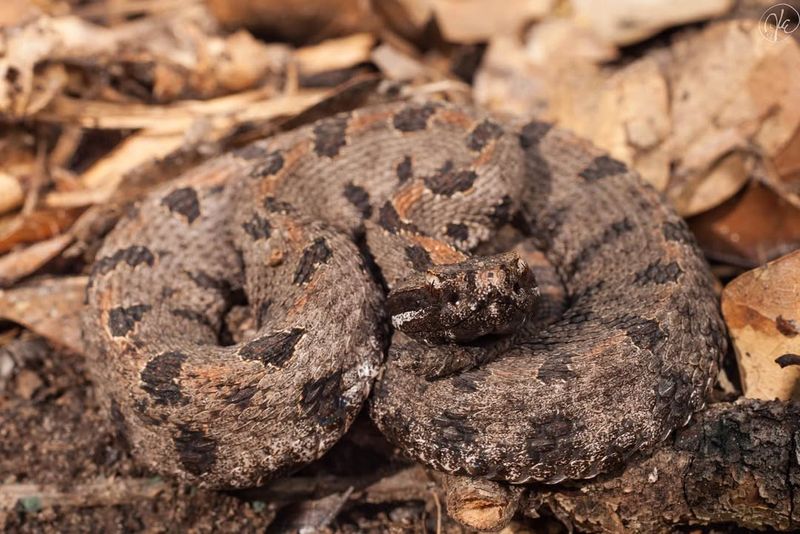Arkansas is home to beautiful forests, rivers, and wildlife, but not every creature you encounter is harmless. Knowing which animals carry venom can help you stay safe during hikes, yard work, or camping trips.
Whether you’re exploring the Ozarks or just working in your backyard, recognizing these venomous creatures could prevent a dangerous encounter and keep your family protected.
1. Copperhead Snake
With its copper-colored head and hourglass markings, this snake blends perfectly into fallen leaves. Copperheads are the most commonly encountered venomous snake across Arkansas, often hiding near woodpiles, rock walls, and garden areas.
They rarely strike unless stepped on or threatened directly. Their venom isn’t usually fatal to healthy adults, but bites are extremely painful and require immediate medical attention.
Watch your step during warmer months when these snakes are most active, especially at dawn and dusk.
2. Timber Rattlesnake
Recognizable by the rattle at its tail and dark chevron bands, this snake prefers rocky hillsides and forested areas throughout the state. Timber rattlesnakes are typically shy and will warn you with their distinctive rattle before striking.
Found mainly in the Ozark and Ouachita mountain regions, they hunt small mammals and prefer to avoid humans entirely. Despite their intimidating reputation, they only bite when cornered or provoked.
If you hear that unmistakable rattling sound, back away slowly and give the snake plenty of space to escape.
3. Cottonmouth Water Moccasin
Often called a water moccasin, this thick-bodied snake lives near lakes, rivers, and swamps across Arkansas. When threatened, it opens its mouth wide to reveal a bright white interior that looks like cotton—hence the name.
Unlike harmless water snakes, cottonmouths have triangular heads and vertical pupils. They’re strong swimmers and may hold their ground instead of fleeing when approached.
Always watch where you step near water and avoid reaching into brush along riverbanks where these snakes like to rest during hot afternoons.
4. Black Widow Spider
Shiny black with a bright red hourglass shape underneath, the female black widow is one of Arkansas’s most recognizable venomous spiders. She builds messy, irregular webs in dark corners, sheds, garages, and under outdoor furniture.
Males are smaller and harmless, but females pack a neurotoxic venom that causes severe muscle pain and cramps. Bites are rare since these spiders are shy and only bite when accidentally pressed against skin.
Wear gloves when moving stored items and shake out shoes left outside overnight to avoid unwanted surprises.
5. Brown Recluse Spider
Sporting a violin-shaped mark on its back, this shy spider hides in undisturbed places like closets, attics, and storage boxes throughout Arkansas. Brown recluses have six eyes instead of eight, arranged in three pairs.
Their venom destroys tissue around the bite, sometimes causing serious wounds that take months to heal. Most bites happen when people put on clothing or shoes where the spider has been hiding.
Shake out clothes and bedding that have been stored away, and check dark corners before reaching in with bare hands to stay safe.
6. Southern Flannel Moth Caterpillar
Looking like a tiny walking toupee, this fuzzy caterpillar seems harmless and even cute. Locals call it the puss caterpillar or asp, and it’s covered in soft-looking hair that hides venomous spines underneath.
Touching one causes immediate, intense burning pain that can spread throughout your body. The venom can trigger nausea, headaches, and swelling that lasts for days.
Common on trees across Arkansas during late summer and fall, these caterpillars should never be touched. Teach children to admire fuzzy caterpillars from a distance, no matter how adorable they appear.
7. Western Pygmy Rattlesnake
Barely longer than a ruler, this tiny rattlesnake is easy to overlook but packs venom that demands respect. Its rattle is so small it sounds more like an insect buzzing than a traditional rattlesnake warning.
Common in grasslands and pine forests across western and southern Arkansas, pygmy rattlesnakes feed on lizards, frogs, and insects. Their gray and brown coloring helps them disappear into leaf litter and sandy soil.
Because of their small size, they’re often stepped on accidentally. Always watch where you walk in grassy areas and listen for that faint buzzing sound.

